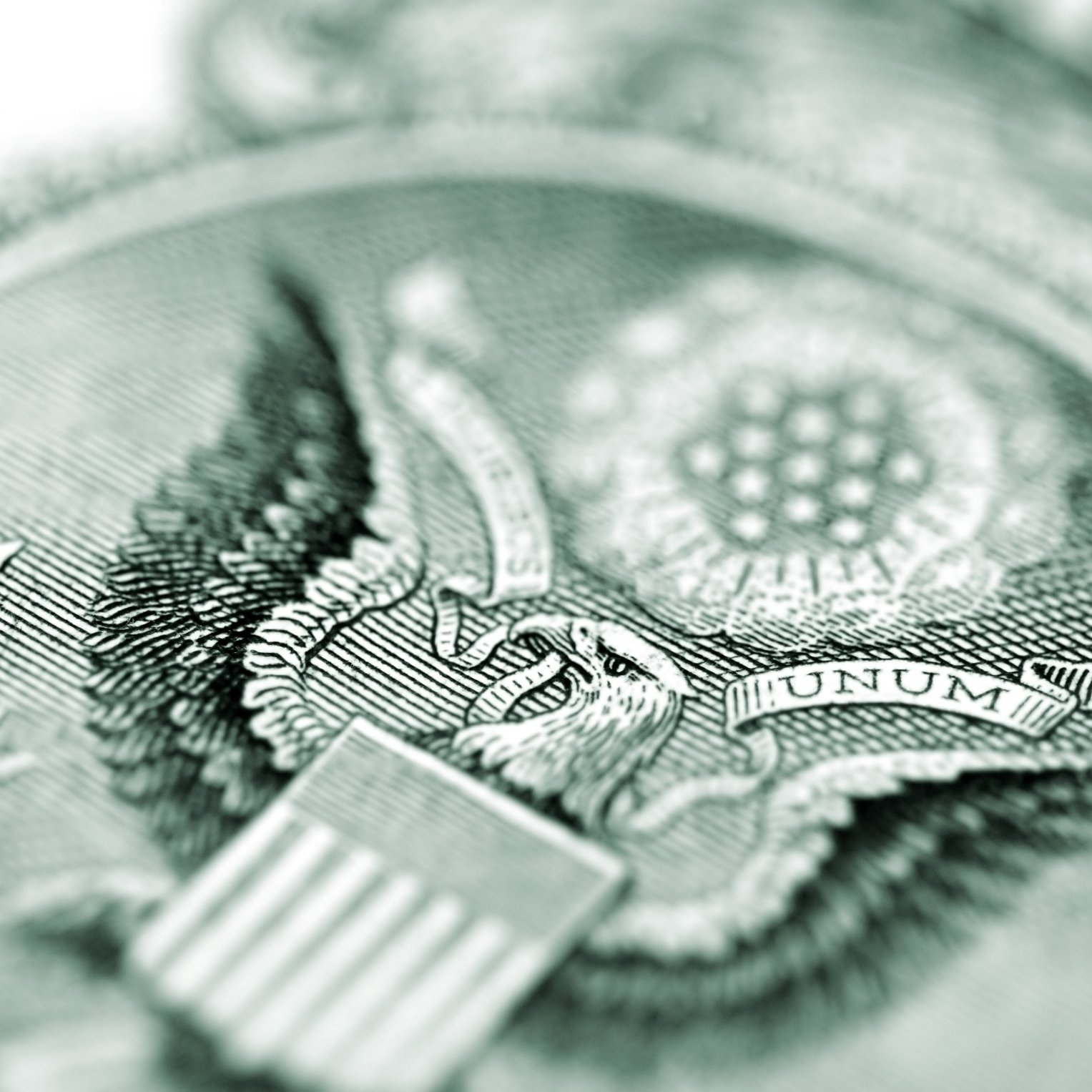Economy
GDP Falls Short of Estimates as Savings, Exports, Business Spending Act as Drags

Published:
Last Updated:

Friday’s big report was the Bureau of Economic Analysis (BEA) release of gross domestic product (GDP) for the fourth quarter of 2015. This was the first look at GDP and will be revised two more times, but the initial reading was softer than expected.
Real GDP, which is the value of the goods and services produced by the nation’s economy less the value of the goods and services used up in production, increased at an annual rate of 0.7% on a seasonally adjusted basis in the fourth quarter. Bloomberg had its Econoday consensus estimate at 0.9%. In the third quarter, real GDP increased by 2.0%.
Another view is the GDP price index. This measurement rose by 0.8% in the first look at the quarter, shy of the Bloomberg consensus estimate of 0.9%.
So what does all of this translate to in real dollars? The current-dollar GDP is the market value of the goods and services produced by the nation’s economy less the value of the goods and services used up in production. This was up 1.5%, or $68.1 billion, in the fourth quarter to a level of $18.1282 trillion. In the third quarter, current-dollar GDP rose by 3.3%, or by $146.5 billion.
The BEA said that the increase in real GDP reflected strength in personal consumption expenditures (PCEs), residential fixed investment and federal government spending. Negatives were said to be from private inventory investment, exports and nonresidential fixed investment. Imports were up, which also acts as a subtraction against GDP.
Another observation from the BEA was that the deceleration in real GDP reflected a deceleration in PCE and downturns in nonresidential fixed investment, in exports and in state and local government spending. Those were said to be partly offset by a smaller decrease in private inventory investment, a deceleration in imports and an acceleration in federal government spending.
Real gross domestic purchases, which are the purchases made by U.S. residents of goods and services wherever produced, rose by 1.1% in the fourth quarter, versus a gain of 2.2% in the third quarter. Excluding food and energy prices, the pricing index for gross domestic purchases rose by 0.9% in the fourth quarter, compared with a 1.3% gain in the third quarter.
Spending on services added 0.9 percentage points and spending on goods added 0.5 percentage points. Residential investment added 0.3 percentage points. Exports took GDP down by 0.5 percentage points, but here was the big hit: non-residential investment took GDP down by over two full points, with inventory investment pulling GDP down 0.5 percentage points.
Another drag appears to be all that gas savings is actually going into savings rather than being spent. Personal savings, the reading of disposable personal income less personal outlays, was $739.3 billion, versus $700.6 billion in the third quarter. The personal saving rate, the rate of savings as a percentage of disposable personal income, rose to 5.4% in the fourth quarter, versus 5.2% in the third.
Take the quiz below to get matched with a financial advisor today.
Each advisor has been vetted by SmartAsset and is held to a fiduciary standard to act in your best interests.
Here’s how it works:
1. Answer SmartAsset advisor match quiz
2. Review your pre-screened matches at your leisure. Check out the advisors’ profiles.
3. Speak with advisors at no cost to you. Have an introductory call on the phone or introduction in person and choose whom to work with in the future
Take the retirement quiz right here.
Thank you for reading! Have some feedback for us?
Contact the 24/7 Wall St. editorial team.